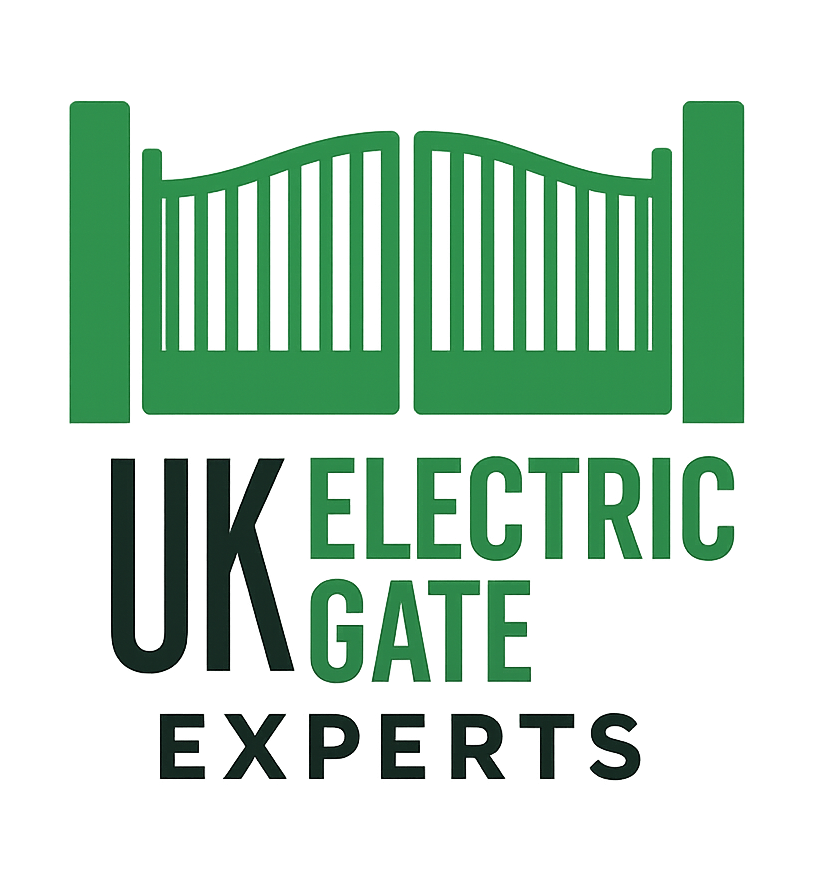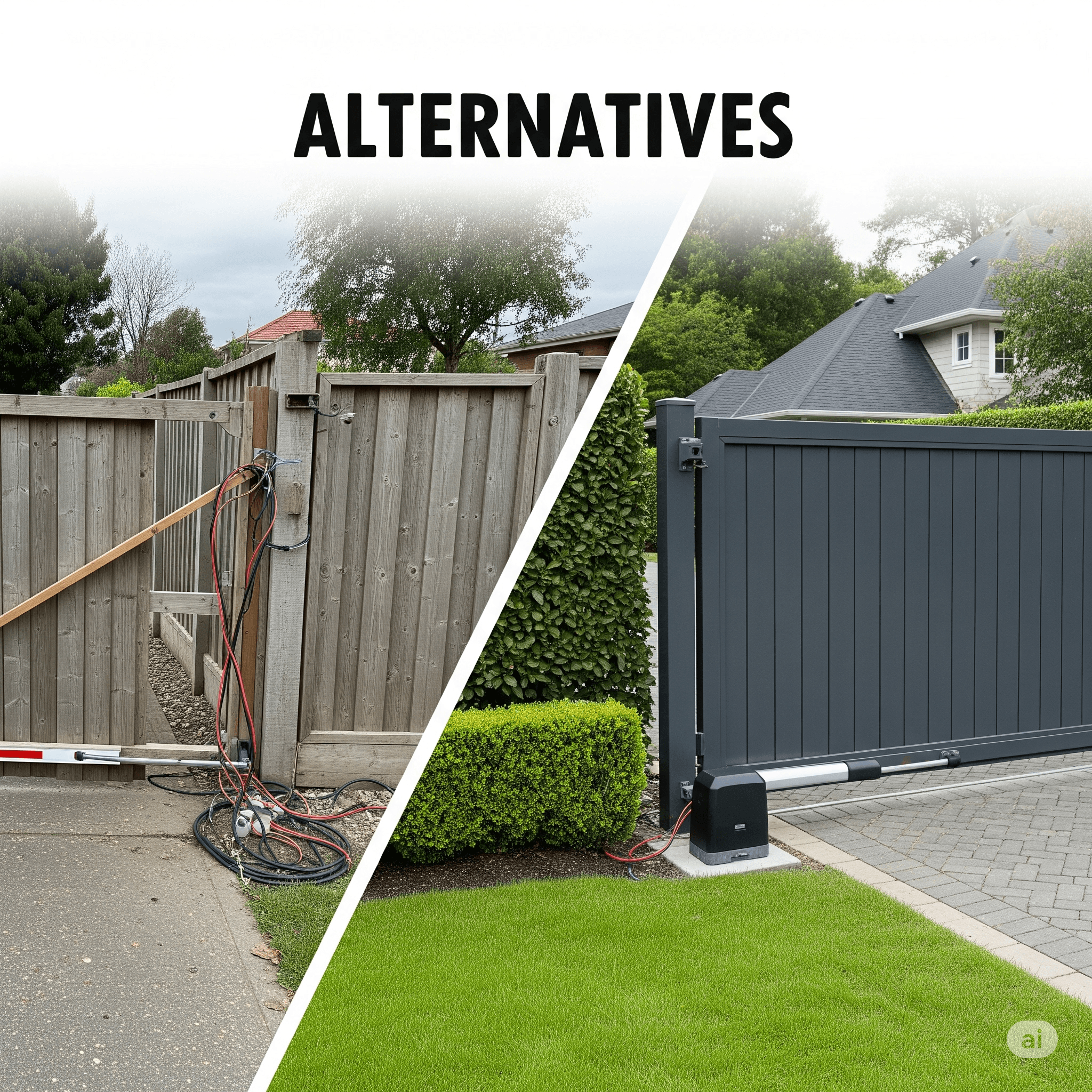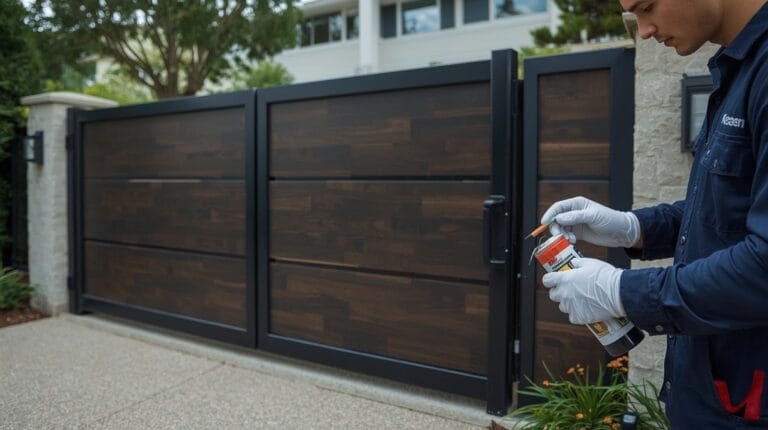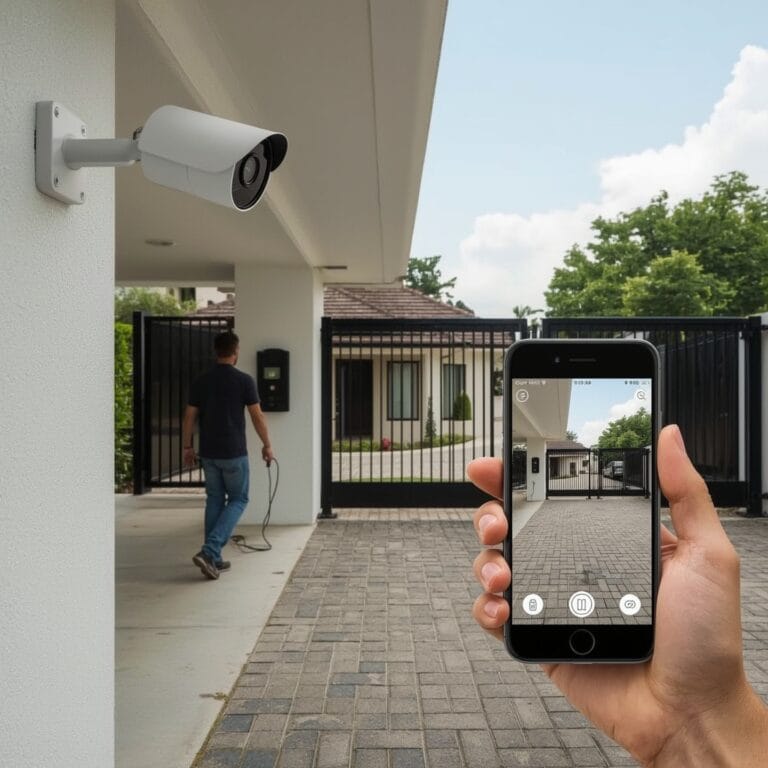The Hidden Dangers of DIY Electric Gate Installation: Why Professionalism Pays Off
The allure of a DIY project is strong. The promise of saving money, the satisfaction of a job well done, and the desire for personal control can be incredibly appealing. For minor home improvements, a DIY approach can be a rewarding experience. However, when it comes to something as complex and potentially dangerous as an electric gate, the “do-it-yourself” mentality can lead to significant, hidden dangers, costing far more in the long run than any initial savings.
At UK Electric Gate Experts, we consistently encounter the aftermath of well-intentioned but misguided DIY electric gate installations. From significant safety hazards to non-compliance with critical UK regulations, the risks far outweigh the perceived benefits.
The Appeal of DIY Electric gate Installation vs. The Harsh Reality
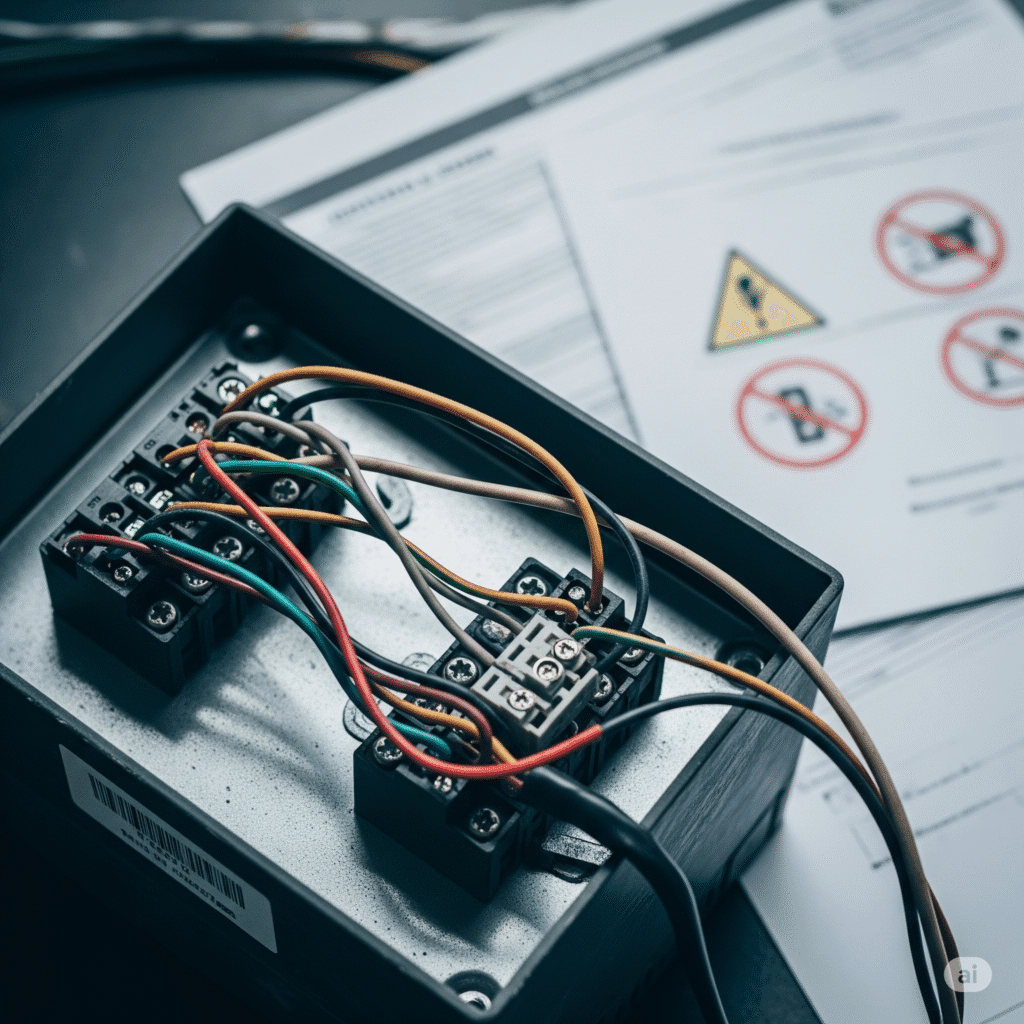
It’s understandable why one might consider installing an electric gate themselves. Online tutorials abound, and hardware stores offer components. But an electric gate is not just a fancy fence; it’s a piece of machinery that involves high voltage electricity, heavy moving parts, and sophisticated control systems. Unlike assembling flat-pack furniture, a mistake in electric gate installation can have severe, even fatal, consequences.
1. Navigating the Maze of UK Safety Regulations: The Non-Negotiables
This is arguably the most critical area where DIY installations fall short. In the UK, electric gates are classified as machinery and are subject to stringent safety standards.
- The Machinery Directive (2006/42/EC) & CE Marking: All automated gates must comply with the European Machinery Directive, which sets essential health and safety requirements. When you purchase a complete, professionally installed gate, the installer ensures compliance and applies the CE mark. However, if you install it yourself, you effectively become the ‘manufacturer’ of the machine. This means you assume full legal responsibility for ensuring its compliance and safety, and any liability should an accident occur. Most DIYers simply don’t have the expertise or equipment to conduct the necessary risk assessments and certifications.
- Gate Safety Standards (e.g., EN 12453, EN 12604): These specific European standards dictate critical safety aspects such as:
- Force Limitation: Ensuring the gate doesn’t exert excessive force if it encounters an obstruction.
- Safety Devices: The mandatory inclusion of photocells (safety beams), sensitive edges, and warning lights to prevent crushing, shearing, or impact injuries.
- Maintenance of Clearances: Preventing entrapment zones.
- A professional installer is trained in these standards and knows how to implement them correctly. A DIY enthusiast may be completely unaware of their existence, let alone their precise requirements.
- Legal Responsibility and Liability: In the unfortunate event of an injury or fatality caused by a non-compliant gate, the property owner (as the ‘manufacturer’ in a DIY scenario) can face severe legal penalties, including fines, imprisonment, and civil lawsuits. This is a risk no homeowner should be willing to take.
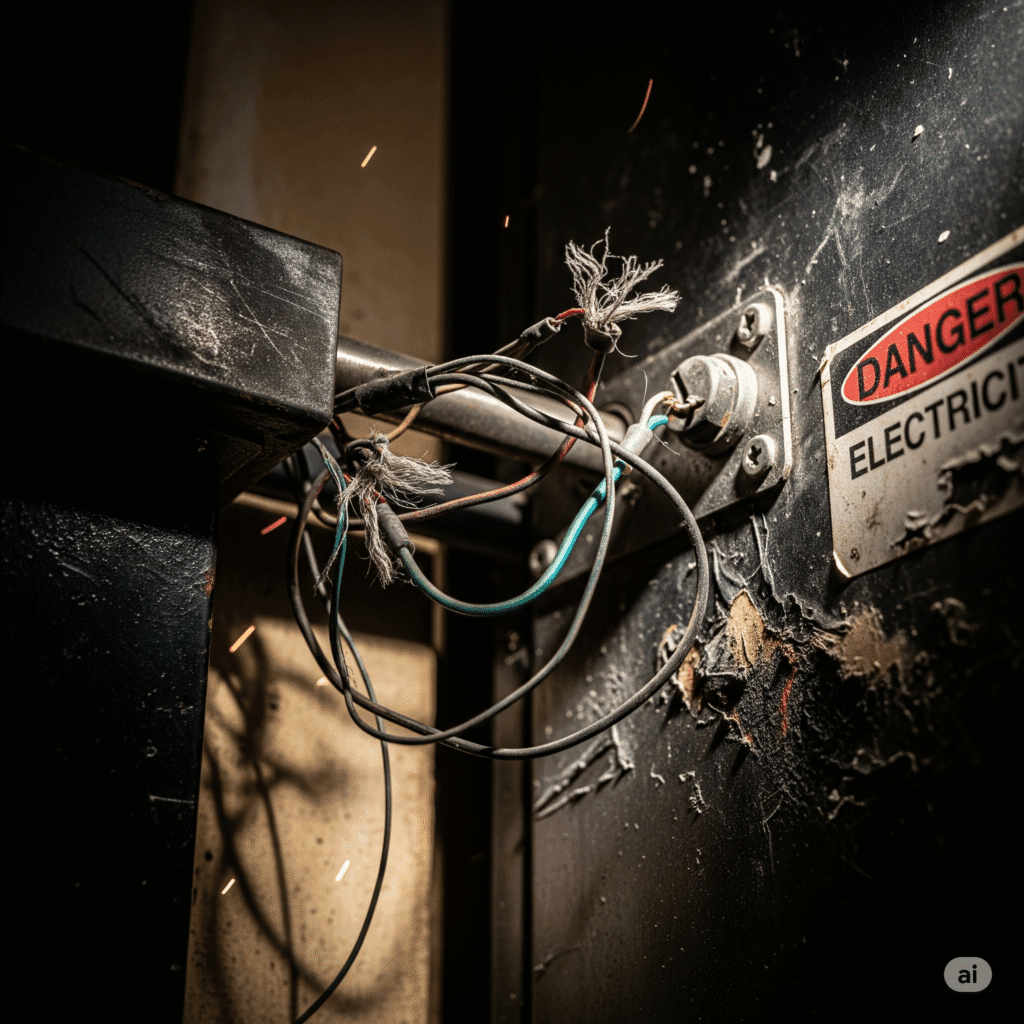
2. The Electrifying Truth: Electrical Dangers You Can’t Ignore
An electric gate runs on mains electricity, which carries significant risks if not handled correctly.
- High Voltage Hazards: Working with 230V mains electricity is dangerous. Improper wiring can lead to severe electric shocks, electrocution, or even fatal accidents.
- Proper Wiring & Earthing: Electric gate systems require specific wiring techniques, including appropriate cable sizing, correct insulation, robust earthing (grounding) to prevent shocks, and protection against short circuits. This all needs to be done in accordance with the IET Wiring Regulations (BS 7671), the UK’s standard for electrical installations.
- Waterproofing and Conduit: Outdoor electrical installations must be meticulously waterproofed and enclosed in appropriate conduits to prevent water ingress, which can cause short circuits, system failure, and fire hazards.
- Faulty Wiring Consequences: Beyond immediate danger, incorrectly wired gates can suffer from intermittent faults, premature component failure, and can even pose a significant fire risk. A qualified electrician is essential for this aspect of the installation.
3. Mechanical & Structural Integrity: When Heavy Metal Moves
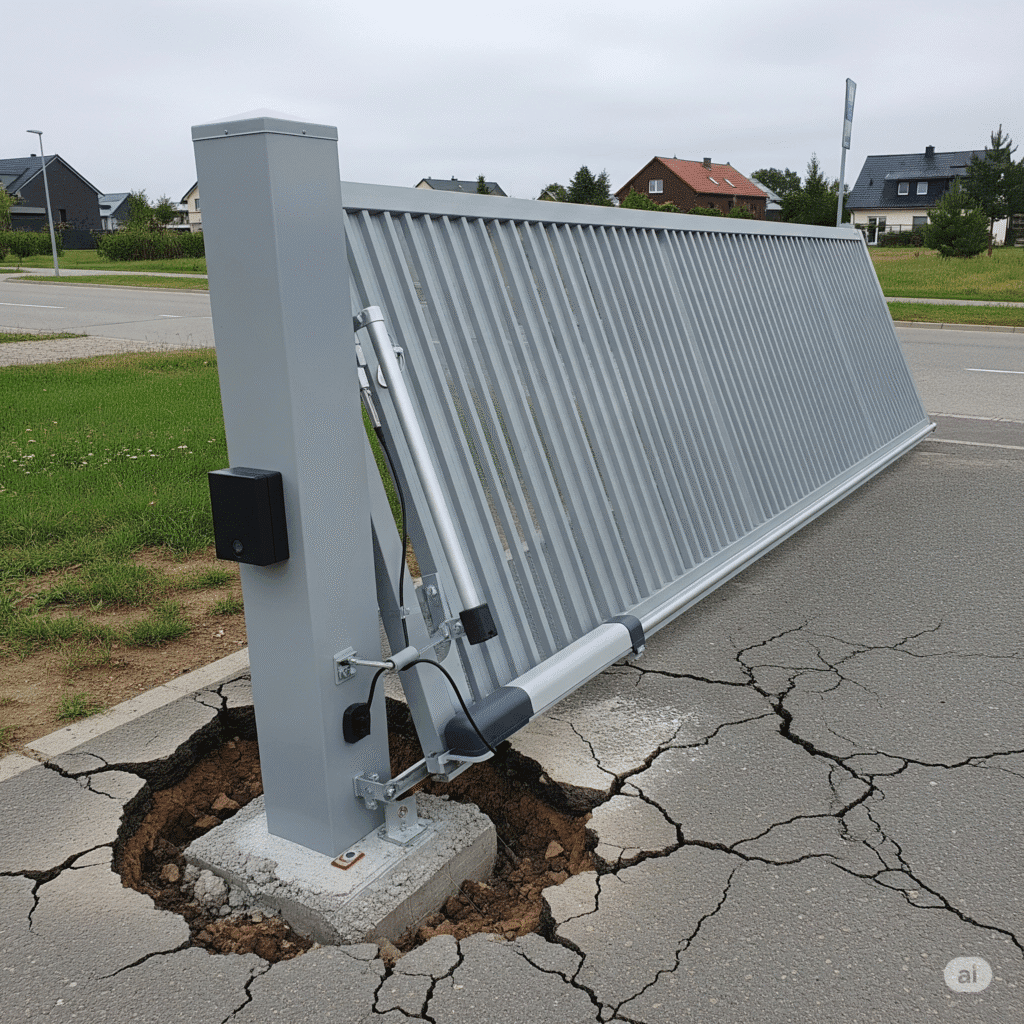
Electric gates involve considerable weight and moving parts. Mechanical precision is paramount for both safety and functionality.
- Incorrect Weight and Force Calculations: Motors are rated for specific gate weights and sizes. An under-specified motor will strain, overheat, and fail prematurely. An oversized motor might exert dangerous forces.
- Improper Mounting and Alignment: Gates must be perfectly aligned and securely mounted. Incorrectly installed hinges, tracks, or posts can lead to gates derailing, grinding, becoming jammed, or even falling off entirely. This is a catastrophic failure risk.
- Insufficient Foundation: Gate posts bear immense loads. Without a properly designed and executed concrete foundation, posts can lean, crack, and compromise the gate’s stability and safety.
- Neglecting Safety Devices: DIYers often overlook or improperly install crucial safety features like:
- Photocells (Safety Beams): Infrared beams that detect obstructions and stop/reverse the gate. If misaligned or positioned incorrectly, they are useless.
- Safety Edges: Pressure-sensitive strips that stop the gate upon contact.
- Warning Lights/Sounders: To alert pedestrians and vehicles.
- Without these, an operating gate becomes a potential crushing or shearing hazard, especially for children, pets, or unsuspecting visitors.
4. Performance, Longevity, and Warranty Issues: Hidden DIY Electric Gate costs
Even if a DIY gate seems to work, hidden problems often emerge, leading to ongoing headaches and expenses.
- Poor Performance: Gates might operate slowly, erratically, or noisily. Sensors might be unreliable, leading to frustrating false alarms or, worse, failing to detect actual obstructions.
- Premature Wear and Tear: Misaligned components or an overstressed motor will degrade quickly, leading to costly repairs or complete system replacement far sooner than a professionally installed gate.
- Voided Warranties: Almost all reputable electric gate component manufacturers will void warranties if their products are not installed by a certified professional. This means you’re on your own if a motor or control board fails.
- Difficulty with Repairs: When a DIY-installed gate breaks down, it can be incredibly challenging and more expensive for a professional to diagnose and fix. They may need to rectify multiple underlying issues caused by the initial poor installation.
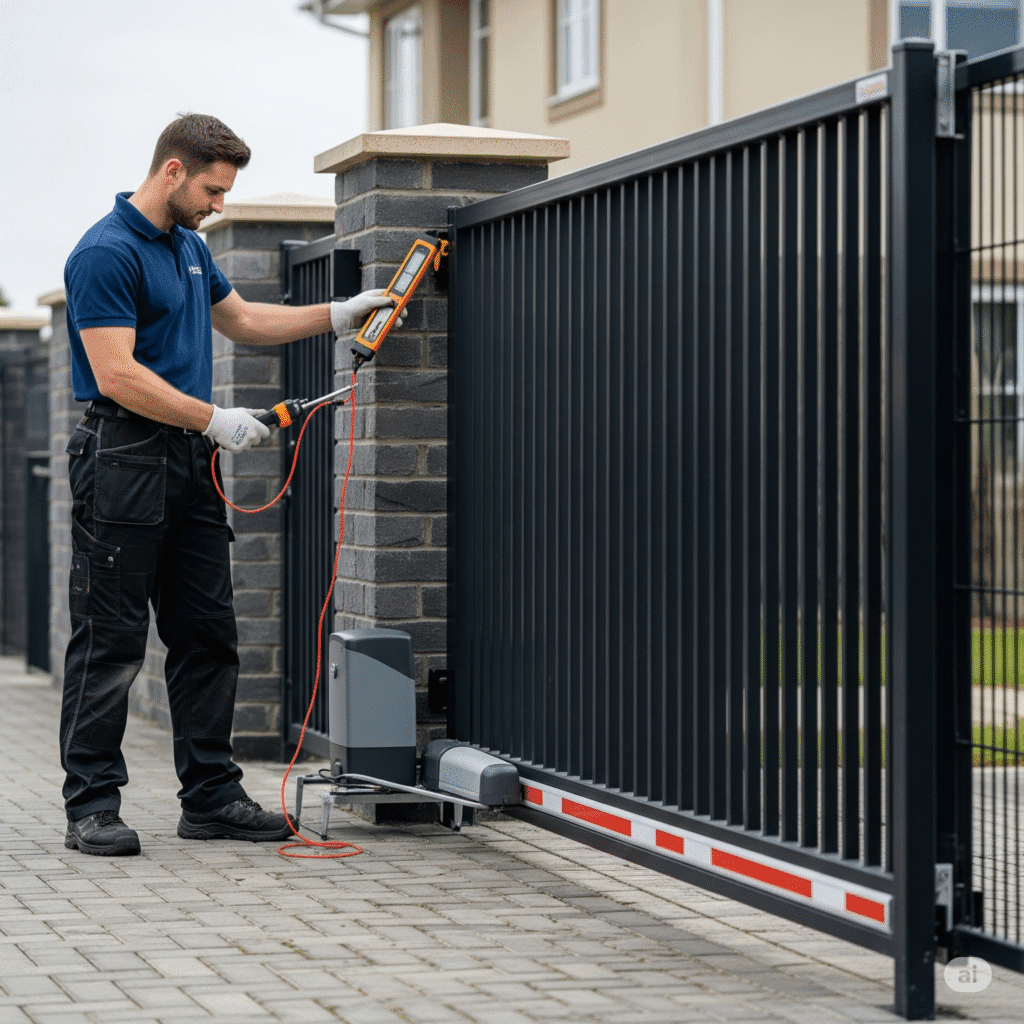
Why Professionalism Pays Off: Investing in Peace of Mind
Engaging a reputable UK electric gate expert isn’t an expense; it’s an investment in safety, reliability, and peace of mind.
- Expert Knowledge & Experience: Professionals understand the intricacies of gate automation, safety regulations, and electrical requirements. They know which components are best suited for your specific gate and property.
- Compliance & Certification: A professional installer ensures your gate fully complies with all UK and European safety standards, providing you with the necessary documentation and peace of mind regarding liability.
- Specialised Tools & Equipment: From precision alignment tools to force testers and electrical diagnostic equipment, professionals have the right gear for a flawless and safe installation.
- Reliability & Durability: A professionally installed gate is built to last, operating smoothly and reliably for years to come, reducing the need for costly future repairs.
- Comprehensive Warranty & Aftercare: Reputable companies offer warranties on both components and their workmanship, along with ongoing maintenance plans to keep your gate in top condition.
- Full Risk Assessment: Experts conduct thorough site-specific risk assessments before, during, and after installation to identify and mitigate all potential hazards.
Conclusion: Don’t Compromise on Safety
While the DIY spirit is commendable for many tasks, the installation of an electric gate is simply not one of them. The hidden dangers of electrical hazards, mechanical failures, and, most critically, non-compliance with stringent UK safety regulations pose unacceptable risks to you, your family, visitors, and even passers-by.
Choosing a certified UK electric gate expert isn’t just about getting a functional gate; it’s about safeguarding your property, ensuring the well-being of everyone who interacts with it, and protecting yourself from significant legal and financial liabilities. When it comes to your property’s entrance, professionalism doesn’t just pay off—it’s absolutely essential.
Ready to ensure your electric gate is installed safely, legally, and reliably? Contact UK Electric Gate Experts today for a professional consultation.
